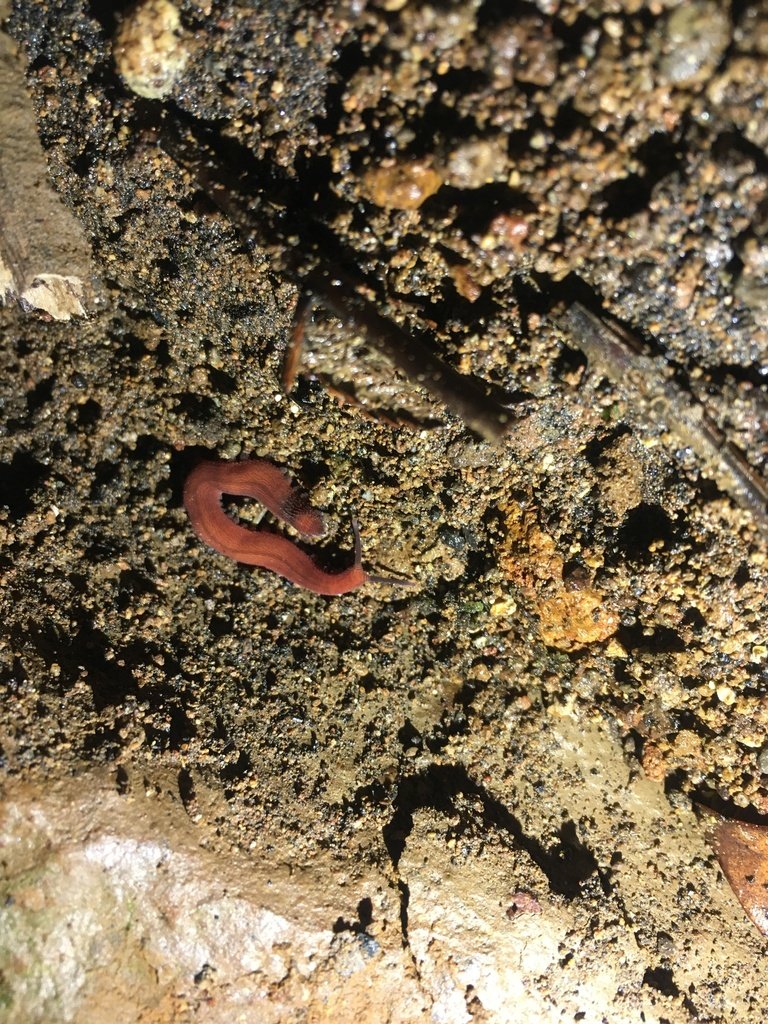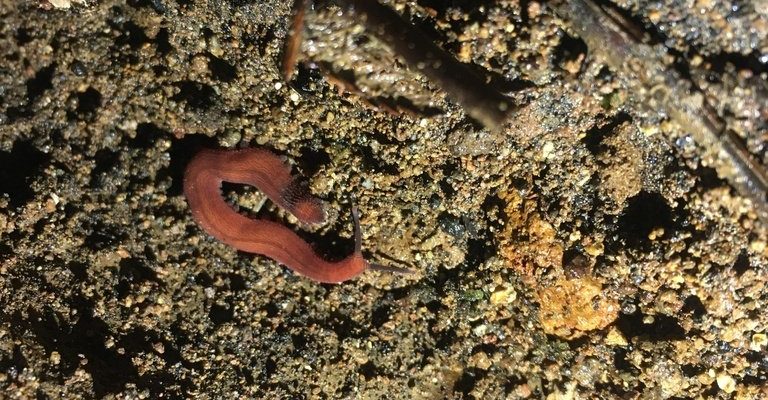
Picture yourself in a tropical rainforest, surrounded by towering trees and the sound of rustling leaves. As you explore this vibrant environment, you might spot a velvet worm curled up on a moist log. With its velvety skin and unique appearance, it almost looks like something out of a fantasy novel. But before you reach for your camera to snap a picture, let’s talk about how to appreciate these little wonders without causing them harm. After all, responsible observation is key to ensuring that these creatures thrive for generations to come.
What Are Velvet Worms? A Quick Overview
Velvet worms, or *Onychophora*, belong to an ancient group of animals that have been around for over 500 million years. They are often described as “living fossils” due to their unique features that remain relatively unchanged from their prehistoric ancestors. These creatures have soft, segmented bodies and are covered in a velvety texture that gives them their name.
They are typically found in humid environments like tropical forests, where they thrive in the leaf litter and decaying organic matter. Velvet worms have a fascinating hunting technique: they can shoot a sticky slime at their prey, which typically includes insects and smaller invertebrates. This makes them not just intriguing to observe, but also crucial players in their ecosystems, helping to control pest populations.
You might be wondering why we should care about such creatures. Well, velvet worms are indicators of environmental health. Their presence signals a thriving ecosystem, making them a valuable part of our biodiversity.
The Role of Velvet Worms in Ecosystems
Velvet worms contribute significantly to maintaining the balance of their ecosystems. They are both predators and prey. As predators, they help control populations of insects and other small creatures, keeping the ecosystem in check. This is vital for ensuring that no single species overwhelms the environment, which can lead to imbalances.
On the flip side, velvet worms themselves are food for various animals, including birds and reptiles. By serving as a food source, they play a part in the larger food web. Essentially, their existence helps sustain a diverse range of life in their habitats. If we encourage responsible observation of these creatures, we also contribute to the health of the ecosystems they inhabit.
So, next time you’re deep in the woods, remember: observing these small yet mighty beings can help foster a deeper appreciation for the interconnectedness of life around us.
Why Ecotourism? The Importance of Responsible Observation
Ecotourism is about more than just visiting beautiful places; it’s about understanding and appreciating nature while making a positive impact. When it comes to velvet worms, responsible observation means ensuring that our interest does not disrupt their natural behavior or habitat.
Engaging in ecotourism can empower local communities and provide funding for conservation efforts. By choosing to observe velvet worms responsibly, you’re contributing to the protection of their habitats and the promotion of biodiversity. This is not just beneficial for velvet worms but also for countless species that share their environment.
Imagine joining a guided tour focused on observing these creatures. A knowledgeable guide can help you appreciate their role in the ecosystem without disturbing them. This kind of experience offers a deeper understanding and connection to nature—something that can’t be achieved through typical sightseeing.
How to Observe Velvet Worms Responsibly
When it comes to observing velvet worms, there are a few essential practices to follow for responsible observation:
- Keep a distance: Always observe from a distance, allowing the velvet worms to behave naturally.
- Avoid disturbing habitats: Stick to trails and avoid stepping on leaf litter, which could disrupt their homes.
- Limit flash photography: Excessive light can stress these creatures, so it’s best to use natural light whenever possible.
- Educate yourself: Learn about the specific species you might encounter and their needs.
By following these simple steps, you’ll not only enjoy the beauty of velvet worms but also contribute to their well-being. It’s a win-win situation!
Finding Velvet Worms in the Wild
If you’re excited about spotting velvet worms, there are some great places to check out. Many tropical regions, especially in Central and South America, are known for their diverse velvet worm populations. Areas like Costa Rica and the Amazon rainforest are hotspots for ecotourism.
To increase your chances of finding these elusive creatures, consider going on night hikes. Velvet worms are often more active in the cooler, damp conditions of the evening. Make sure to bring a good flashlight—while being mindful of their sensitivity to light.
Joining a guided tour is a fantastic way to discover where velvet worms might be hiding. Local guides know the best spots and can share insights about these fascinating creatures.
Supporting Conservation Efforts
Another important aspect of responsible velvet worm observation is supporting conservation efforts. Many organizations are dedicated to studying and protecting these unique animals as well as their habitats.
You can get involved in various ways:
- Donate: Contributing to wildlife conservation organizations can help fund research and habitat preservation.
- Volunteer: Look for opportunities to volunteer with local conservation groups focused on rainforest ecosystems.
- Share your experiences: Spread the word about the importance of velvet worms and their habitats through social media or local community events.
By supporting these efforts, you help ensure that velvet worms and their ecosystems continue to thrive.
Velvet worms may be small, but their impact on their ecosystems is anything but! By observing them responsibly, we can help protect these amazing creatures and the environments they call home.
Ecotourism is a powerful tool for fostering appreciation and understanding of the natural world. So, when you set out on your next adventure, keep these tips in mind and embrace the wonder of velvet worms. You’ll not only enrich your own experience but also contribute to the greater good of our planet. Happy exploring!

